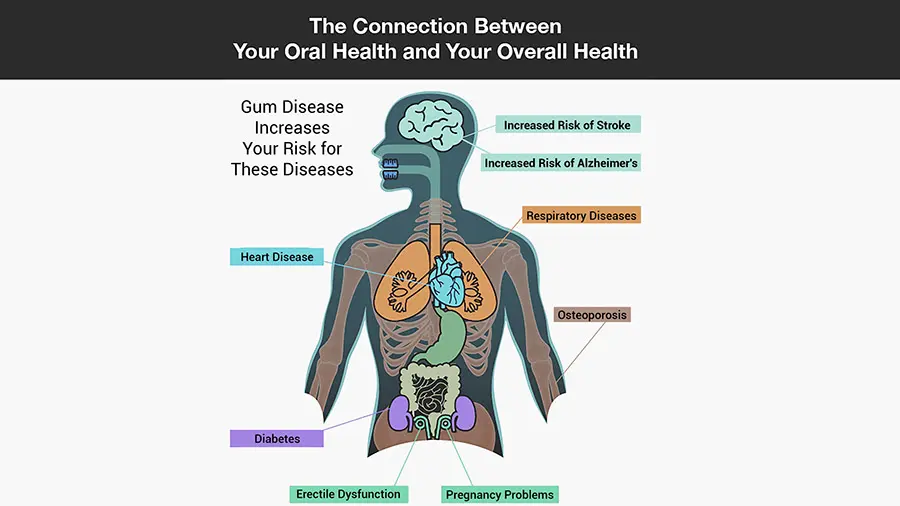
Behavioral health services are an essential component of healthcare, yet navigating the complexities of insurance coverage can be a significant hurdle for providers and patients alike. The shift towards automated behavioral health insurance verification is becoming increasingly vital in streamlining care delivery. By leveraging technology, healthcare providers can enhance efficiency, reduce administrative burdens, and ultimately improve patient outcomes.
The Challenges of Manual Insurance Verification
Traditionally, verifying insurance coverage for behavioral health services has been a cumbersome process. Providers often face lengthy phone calls, extensive paperwork, and delays in receiving approvals. This not only consumes valuable time but can also lead to lost revenue due to claim denials or delays in payment. According to a survey conducted by the American Medical Association, over 60% of providers reported that the verification process was inefficient and time-consuming.
Benefits of Automated Behavioral Health Insurance Verification
Implementing automated insurance verification systems can address many of these challenges. Here are some of the key benefits:
- Increased Efficiency: Automation reduces the time spent on verifying insurance coverage, allowing staff to focus on patient care rather than administrative tasks.
- Improved Accuracy: Automated systems minimize the risk of human error, ensuring that the information gathered is accurate and up-to-date.
- Faster Patient Access: Patients can receive quicker access to necessary services when insurance verification is streamlined, which is especially crucial in behavioral health where timely intervention can be vital.
- Enhanced Patient Experience: By reducing the burden of paperwork and waiting times associated with insurance verification, patients can enjoy a smoother experience.
- Revenue Optimization: With faster and more accurate verification, providers can expect a higher rate of claim approvals, leading to better cash flow and reduced write-offs.
How Automated Verification Works
Automated behavioral health insurance verification systems typically integrate with existing Electronic Health Record (EHR) systems. These platforms pull patient information and insurance details in real-time, allowing providers to check eligibility and benefits instantly. Here’s a basic overview of the process:
- The provider inputs patient information into the automated system.
- The system connects with insurance databases to verify coverage.
- Providers receive immediate feedback on eligibility, benefits, and any prior authorization requirements.
- Claims can be submitted electronically with accurate coding, ensuring timely processing.
Chart: Comparison of Manual vs. Automated Verification
Below is a comparison chart illustrating the differences between manual and automated behavioral health insurance verification processes:
| Aspect | Manual Verification | Automated Verification |
|---|---|---|
| Time Required | Hours to Days | Minutes |
| Accuracy | Prone to Errors | High Accuracy |
| Staff Involvement | High | Low |
| Patient Wait Time | Long | Short |
| Claim Approval Rate | Lower | Higher |
Implementing Automated Verification: Key Considerations
While the benefits of automated behavioral health insurance verification are clear, implementing such a system requires careful consideration. Here are some factors providers should keep in mind:
- Integration Capabilities: Ensure the automated system can seamlessly integrate with existing EHRs and billing software.
- Cost vs. Benefit: Analyze the costs associated with implementing an automated system versus the potential savings in time and revenue.
- Training and Support: Provide adequate training for staff to ensure they can effectively use the new system.
- Compliance and Security: Ensure that the system adheres to all relevant regulations, such as HIPAA, to safeguard patient information.
Conclusion
In a landscape where behavioral health services are increasingly critical, automating the insurance verification process is an essential step toward improving care delivery. By embracing technology, healthcare providers can streamline operations, enhance the patient experience, and ultimately provide better outcomes for those in need of behavioral health support. The transition to automated verification represents a proactive approach to overcoming the challenges of manual processes, ensuring that both providers and patients can focus on what truly matters: quality care.









